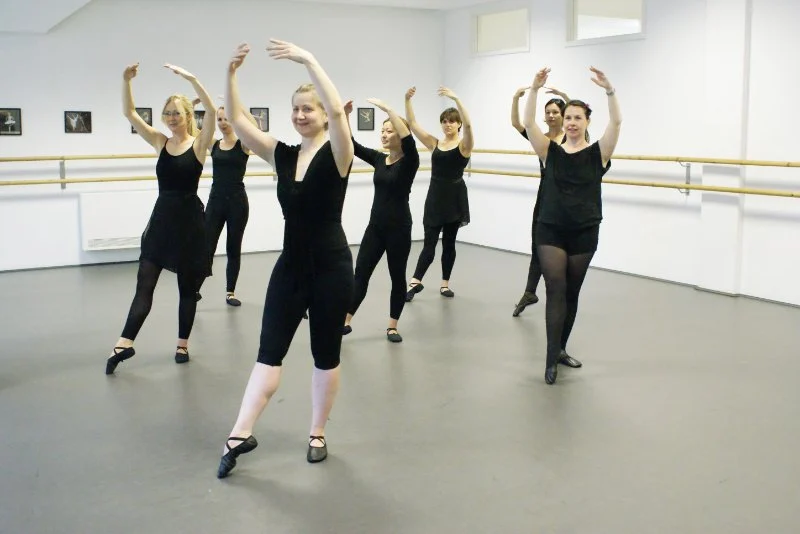
Understanding Dance Terminology: A Glossary for Beginners
For anyone new to dance, understanding the language of the art form can feel like learning a new language. From ballet to hip-hop, dance terminology is rich and varied, and mastering it can significantly improve your performance and appreciation for the art. Whether you are joining a class at Creative Edge Dance Studio or just interested in learning more about dance, this glossary will guide you through essential dance terms that every beginner should know.
- 1. Basic Dance Terminology
- 2. Dance Styles and Their Unique Terms
- 3. How Dance Terminology Enhances Your Practice
- 4. Practical Examples: Dance Terminology in Action
1. Basic Dance Terminology
Every beginner dancer should start with the foundational terms that apply across many dance styles. Here are a few essential terms:
- Position: The way your body is aligned during a dance move, such as "first position" in ballet where the heels touch and the feet form a V shape.
- Choreography: A sequence of dance steps or movements arranged into a routine.
- Isolation: The movement of one part of the body while the other parts stay still. This is common in styles like hip-hop.
- Warm-up: The practice of preparing the body before starting rigorous dance activities to prevent injury.
2. Dance Styles and Their Unique Terms
Each dance style has its own set of terms that reflect the culture and history of the style. Here are some examples:
- Ballet: Famous for its structured terminology. For instance, “plié” refers to bending the knees, and “tendu” refers to stretching the foot along the floor.
- Jazz: A lively style where terms like “jazz hands” and “kick-ball-change” are often used.
- Hip-Hop: Often uses terms like “pop” and “lock,” referring to specific types of movements, and “battle” for a dance competition.
- Contemporary: Uses terms like “floor work” and “release” to describe movements that flow more freely and expressively.
3. How Dance Terminology Enhances Your Practice
Learning dance terminology not only makes you sound like a professional but also helps you perform better. By understanding the meaning behind each movement, you can execute it more effectively. Terms like “extension” (the ability to stretch one’s limbs fully) and “spotting” (the technique of focusing your eyes on a fixed point while turning) allow dancers to perform with precision and control.
Additionally, knowing the correct terminology helps when taking group classes, as instructors may give commands like “rotate to second position” or “perform an arabesque,” and understanding these terms can make you follow instructions more efficiently.
4. Practical Examples: Dance Terminology in Action
Let’s look at some practical examples of dance terminology in action:
- In a ballet class, when an instructor says “plié and rise,” they mean to bend your knees and then straighten them while lifting your heels off the floor.
- In a hip-hop routine, “locking” refers to the technique of freezing your body into a position after a sharp movement, while “popping” refers to quickly contracting your muscles to make a popping motion.
- In contemporary dance, “floor work” might involve movements on the floor that flow smoothly from one position to another, often requiring strength and flexibility.
At Creative Edge Dance Studio, we encourage beginners to familiarize themselves with these terms and practice using them in class. This will help accelerate your progress and make your learning experience much more rewarding.
By mastering the language of dance, you’ll gain confidence in your movements and in your ability to communicate effectively with instructors and fellow dancers. Dance terminology isn’t just about memorizing words – it’s about deepening your understanding and connection to the art of dance!
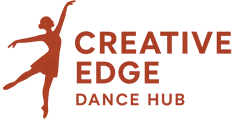
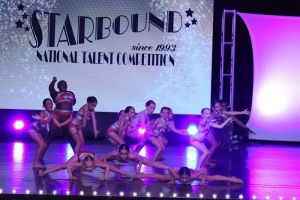
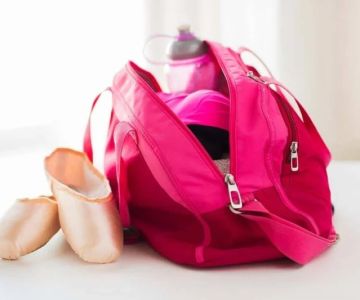
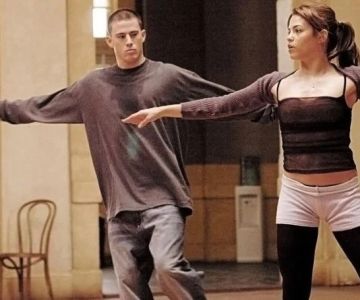
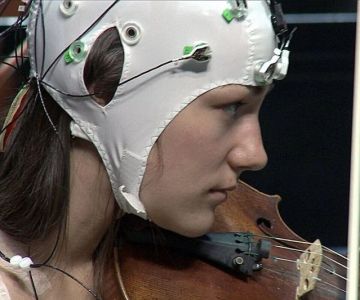
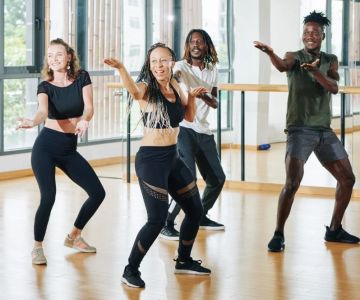


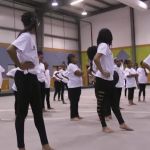 I Heartbeat Dance Studio4.0 (6 reviews)
I Heartbeat Dance Studio4.0 (6 reviews) Jazzercise New Milford5.0 (20 reviews)
Jazzercise New Milford5.0 (20 reviews)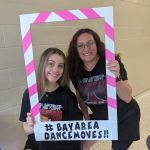 Bay Area Dance Moves4.0 (13 reviews)
Bay Area Dance Moves4.0 (13 reviews)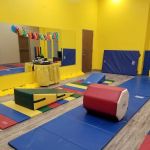 Stepper-ettes Baton & Dance4.0 (36 reviews)
Stepper-ettes Baton & Dance4.0 (36 reviews) Paul Morris DanceXplosion4.0 (42 reviews)
Paul Morris DanceXplosion4.0 (42 reviews) Dancesations Studio of Performing Arts4.0 (11 reviews)
Dancesations Studio of Performing Arts4.0 (11 reviews)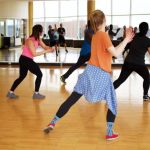 How to Create a Dance Practice Schedule That You'll Actually Stick To
How to Create a Dance Practice Schedule That You'll Actually Stick To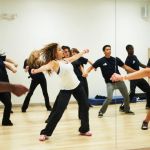 How to Overcome the Fear of Dancing in Front of Others: Practical Tips and Insights
How to Overcome the Fear of Dancing in Front of Others: Practical Tips and Insights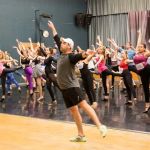 How to Audition for a Dance Team or Company as an Adult Beginner
How to Audition for a Dance Team or Company as an Adult Beginner How I Learned to Use Motion Capture for Audience Interaction — My Story
How I Learned to Use Motion Capture for Audience Interaction — My Story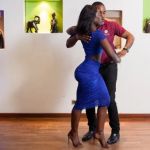 What is Kizomba? The African Partner Dance Sensation Explained
What is Kizomba? The African Partner Dance Sensation Explained How to Create a Dance Resume for Auditions or Applications
How to Create a Dance Resume for Auditions or Applications